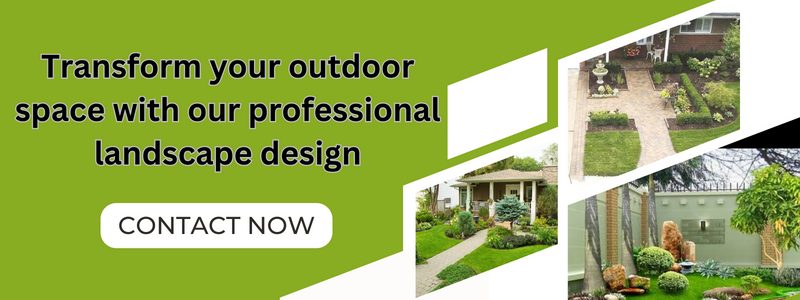“Landscape architecture design” name was executed in 1828 by a Scotsman as it refers to garden designing. As man-made designs require skills in maintaining water, structuring, and vegetation.
Professional landscape architecture design establishes buildings, structures, and public places with the essence of nature. Combining it with plants, water, soil, and other elements creates an aesthetic, environmental vibe.
People like to connect with nature as it helps them to stay fit and healthy. That’s why, architectural landscapes require perfect execution for planning parks, buildings, schools and walkways.
Principles of Landscape Architecture Design
The crucial part of Landscape Architecture Design requires understanding patterns and balancing them with natural elements. To create a masterpiece, the landscaping designer must synchronize texture, form, scale, order, proportion, form, and repetition.
Harmony is essential! So installing it with natural materials such as plants, sand, stone, and water can efficiently brighten the space. Whereas patios and gardens can pump up the city’s appearance.
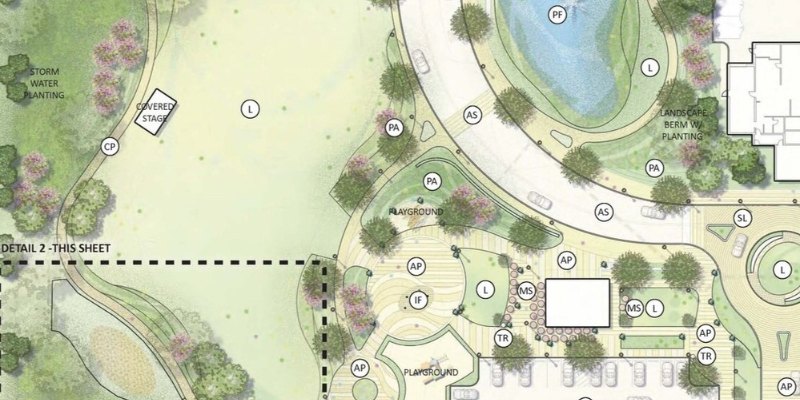
Site Analysis and Planning
Ensure site analysis to plan the construction and plan accordingly. Collect the details about the land precisely to understand the surface type and texture for an expansion site. Floor area ratio, height restrictions, allowance, and allowable building density are part of the inspection while site planning and analyzing.
Moreover, the natural landscape, climate, and building materials depend on environmental factors and constraints. It aids in executing the final plan by determining the structure and relatable other features like courtyards and parking lots.
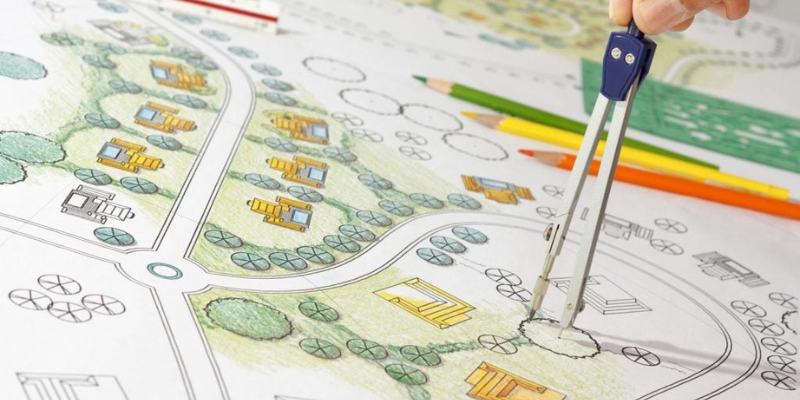
Conceptualizing the Design
To achieve the design you must start conceptualizing it by creating a framework for easy implementation. Elevating the alternative design, and specification details and preparing the report of the design system helps to understand the concept. Discuss the problems that may occur and find the solutions.
After ensuring all the details, you must prepare a visual presentation that reflects the notion of the design. While working in the landscape architecture design field, brainstorm the design themes and gather inspiring ideas for outstanding outcomes. Also, if there is any need for changes, then refine the design for public betterment.
Elements of Landscape Design
Landscape architecture design is incomplete without plants and vegetation as they bring texture, color, and life to the place. Installing stunning trees can provide a long-lasting ecosystem for families and animals. It enhances the air quality, offers shade, and cools the temperature.

Developing functional and alluring outdoor spaces using hardscapes and structures is unique. Landscape architectures convert the hardscapes into beautiful living outdoor spaces by adding decks, pavers, retaining walls, and driveways. Structures like walkways in the gardens create a magical area for family time.
Sustainability in Landscape Design
The eco-friendly design eliminates the product’s environmental impact for a healthy life cycle. Architecture must include grasscycling, composting, and water conservation to reduce the negative impact and create a sustainable landscape design.
And incorporate reusable or eco-friendly materials in space, such as solar panels, reduce wastage, conserve water, reduce runoff and many more.
Also, landscaping architecture design must create beneficial elements, such as adding more wildflowers and shrubs for animals. Remember that eco-friendly design must support nature and health by minimizing pollution.
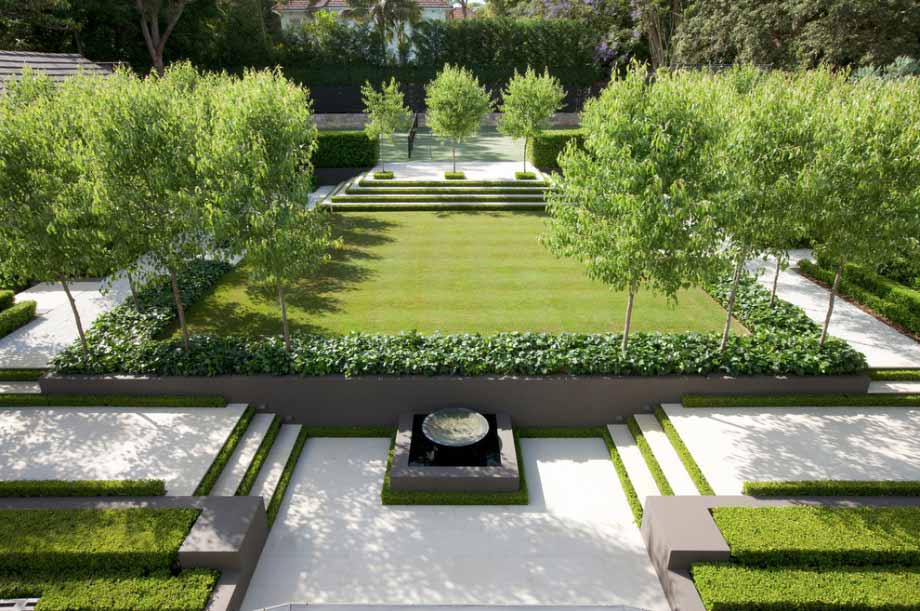
Designing for Functionality
Practical and functionalism are essential architectural principles that originate the enterprise of architecture. So, proceed with proper instructions for constructing public activities and practical design concepts. Such as public parks, playgrounds, and schools to deal with maximum efficiency functions.
Using the ERP system, the design can create space for end-to-end design with sidewalks and wide roads. So, to construct aesthetic design with practicality, it is crucial to add form and the project’s synchronization to energize the landscape architecture design.
Spatial Organization and Layout
Defining the arrangement, placement, and structure is known as spatial organization layouts. Every design includes in this part, such as gardens, paths, river banks, and towns. So, for better principles of spatial organization, you must look out for balance, unity, emphasis, rhythm, variety, and proportion to connect the elements of landscape architecture design.
Constructing layouts with landforms, trees, buildings, and elements with adequate quality space on a material scale is essential. Organizing everything to look visually appealing with colorful forms and balanced. The factors and conditions of the land must be discussed to prevent disasters in landscape architecture design.

Color Theory in Landscape Design
Colors are influential in creating a focal point for highlighting the design. Building a structure and framework of landscape colors aids in emphasizing the City area. Repeating color palettes improves visuality, harmony, unity, and balance.
Harmonious and visually tempting palettes can be achieved through warm and cool colors combination. The cool colors offer calmness, so use purple, blue, green, and white. Whereas warm colors like red, orange, and yellow for an energetic and enthusiastic vibe. And it is good to harness the power of colors for outdoor spaces.
Lighting Design in Landscapes
Landscape architecture design requires the entire plan to install the lighting to reduce the darkness at night. Lights for landscape are known as outdoor lightning as it is used in gardens, walkways, and driveway.
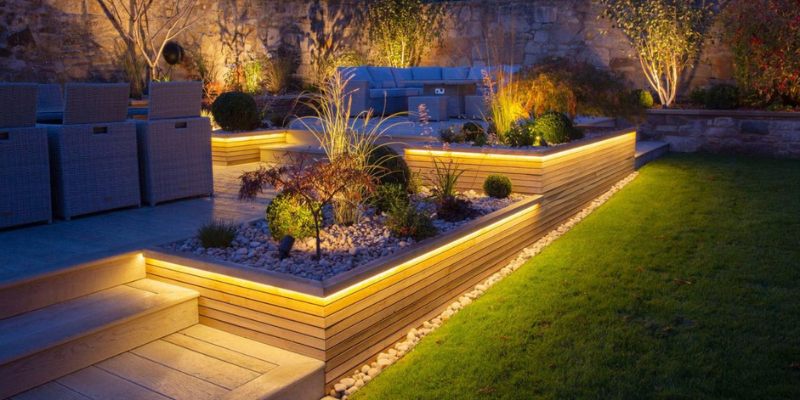
But the central two points of installing lights in a landscape are that it must look aesthetic and should be established for security. It’s a waste of investment if the lightning doesn’t do justice to safety issues.
It is important to highlight key features as they deter crime and prevent accidents. So, focus on outdoor post lights, path lights, hardscaping lights, and step lights, as they can support public security.
Art and Sculpture Integration in Landscape Design
These sculptures and arts are arranged in the landscape for aesthetic and practical reasons. And they are divided into two components: hardscope and soft scape materials. In addition, hardscape directs to nonliving elements such as sculptures. However, soft scape means installing flowers or trees, which can change according to nature.
Adding arts and sculpture defines so much about the community living there or referring to the past. Planning sculptures on the landscape must be well executed as it adds harmony, contrast, and flighty texture to the atmosphere. To install sculptures, you must generate ideas that refer to a community or are based on articulating subjectivities.
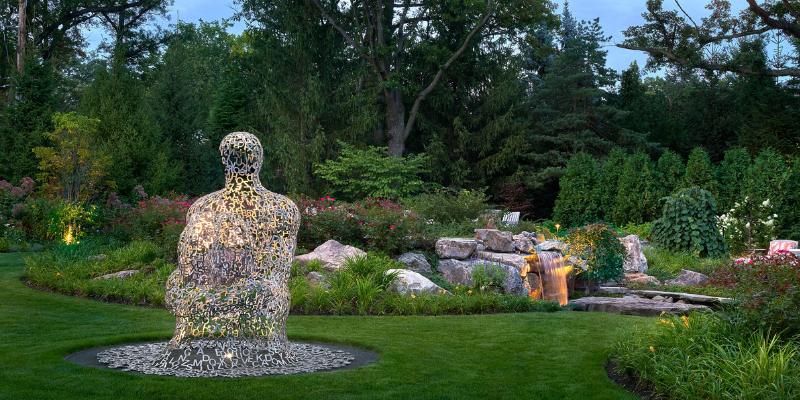
Water Management and Drainage Solutions
The challenge of landscaping design is connected to controlling water pollution. If the town has rivers, aquifers, and lakes, it is crucial to protect them from corrosion. Implanting the system and executing a better agriculture strategy is vital to establish.
It’s crucial to plan a proper drainage system to drain the water in the moon soon season. Elements can interfere with the drainage system if not executed perfectly. It’s better to design the drainage system with sufficient size to avoid depositing solids, clogging, and fouling.
Urban Landscape Design
It depends on designing the buildings, great projects, landscapes, and spaces. Also, it has practical results over time, so ensure to inducting frameworks and techniques with correct details. Urban landscape architecture design enhances safety and efficiency for better city development and execution.
Urban architecture design must support people with busy lifestyles, build communities, and maintain businesses. In addition, this design is not complete without a touch of nature, such as executing trees and plants.
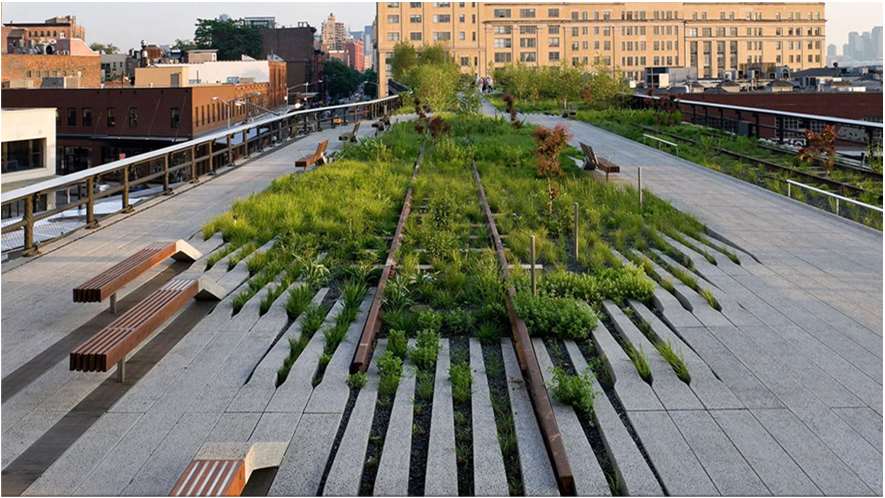
Cultural and Historical Considerations
Cultural and historical landscapes hold layers of history that can be told through the design. It can be used for a specific place to evoke the people’s emotions embodied with history. It helps preserve the essence of present and future generations.
Preserving the heritage of culture by creating an influential historical design for such sites is essential. Such as historic vernacular landscapes, ethnographic landscapes, and historically designed landscapes for people’s attention and to enhance the City’s beauty.
Creating a new modern design using color, line, form, and texture uniquely transforms the space and enriches the design.
Landscape Restoration and Rehabilitation
An ecosystem of land space stands over restoration and rehabilitation as it supports the environment. Planning future terrains that support and improve the large-scale degraded land for ecological virtue and enhance people’s lives.
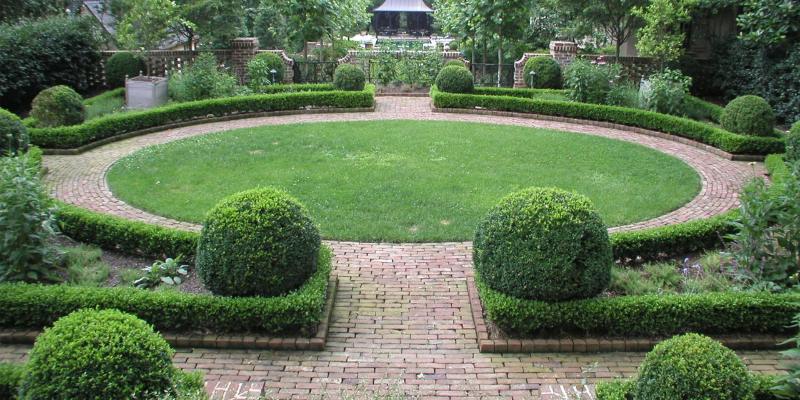
Acknowledge soil texture as mostly it might contain toxins or be low in nutrients. And accordingly, choose the plant species and improve the groundwork. Lastly, seed the plants with improved soil without erosion. However, restoring ecosystems and biodiversity can only be achieved by saving forests.
- Planting trees
- Rehabilitation coral
- Forest rewilding,
- Species eradication
- Natural ground-water filtration system
- Green space creation
Case Studies of Iconic Landscape Designs
Iconic landscape design requires the case to be studied with relevant details, so take notes of each component, like where to plan the buildings, roads, public places, etc. Additionally, creating unique structures needs perfect site details to help plan access points and surroundings.
A landscape case study reminds the building requirements and how to create functionality and enhance service. Collect complete data and use relatable images in your design for better understanding. Site analysis to create a layout of requirements and essentials for the project.
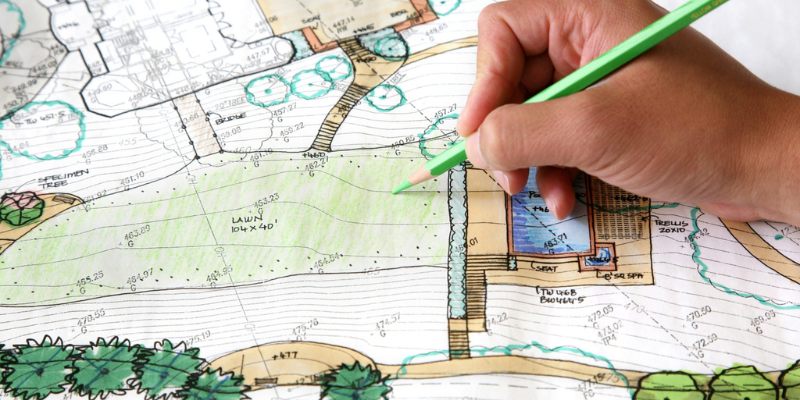
Future Trends in Landscape Architecture Design
The architecture process is focused on developing POE projects for climate-positive design and carbon-conscience tools. Between 2025-2027 this trend will be firmed to determine the original method and calculate performance.
Learning, identifying information, and connecting the subsystem are emerging concepts for better architectural and urban designs. The concept of the approach is vital to generate ideas to help execute the design steps.
However, landscape design builds responses to climate change. As climate changes are physical landscaping worldwide and lead to sea level rising, revved coastal decline, and increasingly brutal drought and flooding.
Conclusion
It’s tough to summarize the art and science of landscape architecture design due to the great work and details to concentrate on. All in all, landscaping architecture holds personal and collective knowledge of nature. It showcases the material and historical factors and lets you explore nature more.
The effects of the outstanding landscape design offer brilliant results. It minimizes air pollution and enhances land management for better urban living design. Also, it improves the air quality and provides pure soil to plants.
Start Your Landscape Transformation Journey Today! Explore our exceptional landscape architecture design services and unlock the full potential of your outdoor spaces. Visit BestInteriorDesign.com.bd now and let our experts create a breathtaking landscape that reflects your unique style and enhances your living experience
FAQs
—————–
What qualifications do landscape architects have?
Bachelors and masters are the qualifications that are required to work in this industry. BLA (Bachelor in Landscape Architecture) to assist in projects. Whereas BSLA (Bachelor of Science in Landscape Architecture) is necessary for professional work in landscape architecture.
How long does it take to complete a landscape architecture project?
Three to six weeks maximum! However, the process can depend on the workload or design of projects, such as planning patios, fireplaces, and more prominent places. However, lavish projects might take eight to ten weeks as complicated assignments bring significant responsibilities.

